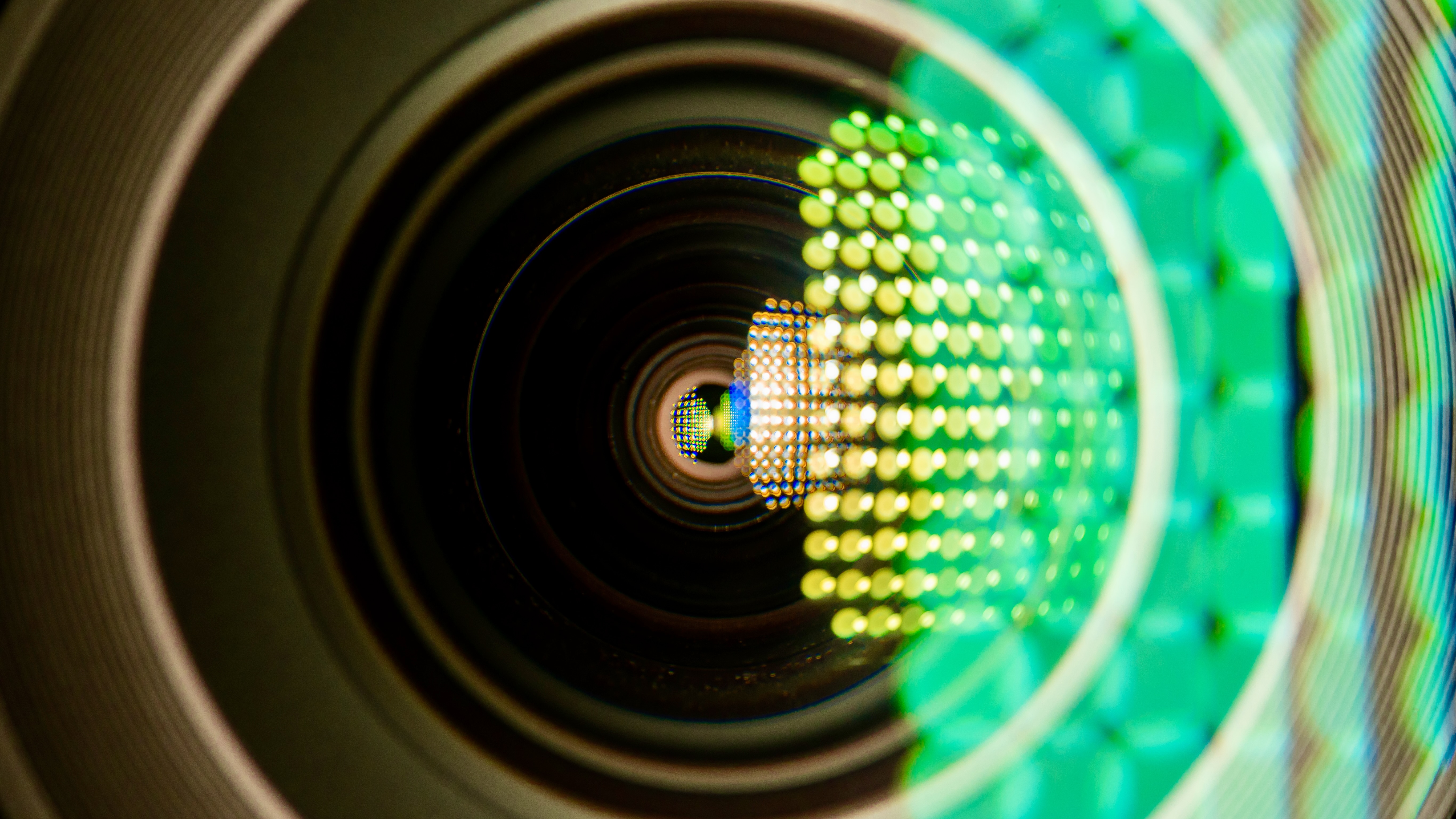
The world's fastest camera can capture footage at a rate of 156 trillion frames per second (fps), opening a new window into ultrafast phenomena that were previously impossible to see, scientists say.
The new device uses a novel optical technique to capture 132 frames from a single pulse of an ultra-fast laser. The scientists described the new device in a study published Feb. 21 in the journal Nature Communications.
This technology lets scientists record phenomena that occur in femtoseconds — one quadrillionth of a second. The technology could provide valuable insights that impact different fields of research and development, from creating new computer memory technologies to ultrasound medical treatments, the researchers wrote in their paper.
"This camera is more than just a toy, it's actually a very important piece of scientific equipment," lead author Jinyang Liang, an associate professor of optics at the National Institute of Scientific Research (INRS) in Quebec City, told Live Science. "We are on the verge of developing a very generic imaging system that allows us to see lots of phenomena that were not accessible before."
The main challenge when imaging ultrafast phenomena is that even the snappiest camera sensors can only capture footage at a rate of several hundred million fps, said Liang. But plenty of events in nature occur on timescales five or six orders of magnitude faster than that.
The standard approach to capturing superfast phenomena involves firing a laser pulse at them then measuring how much light is reflected or absorbed. This is repeated many times, each targeting a different time window separated by just a few femtoseconds. But this "pump and probe" approach only works for static samples or precisely repeatable phenomena, Liang said.
And while special optoelectronic sensors have achieved speeds of up to 10 trillion fps that's still not fast enough for many phenomena. In 2020, Liang co-authored a paper on an approach called "compressed ultrafast photography," which achieved speeds of up to 70 trillion fps. And now his lab has more than doubled that record with an approach they've dubbed "swept coded aperture real-time femtophotography."
The new approach relies on a special light source known as a "chirped" laser, the discovery of which won the 2018 Nobel Prize in Physics. In these lasers, the wavelengths of light are stretched out so that light of different colors arrives at different times.
This means that when a pulse from this laser is fired at an object, each wavelength captures information from different time points. In Liang and his team's setup, the light then passes through a grating that splits the wavelengths up and sends them in different directions. They then pass through a mask, which looks like a QR code.
This imprints a slightly different pattern into each wavelength, which Liang said acts as a "barcode" to separate them out in post-processing. Another grating then recombines all the wavelengths into a single beam, which hits an image sensor.
Specially designed software uses the barcodes to work out which parts of the signal are coming from which wavelength — each relating to different time points. This makes it possible to break a single snapshot up into multiple frames to create a short movie. At present, the approach can only manage movies that are 132 frames long — which is up to 850 femtoseconds, but the team has already shown this can capture interesting phenomena.
In their paper, they used their setup to record a semiconductor absorbing photons from a laser pulse, as well as a laser being used to demagnetize an alloy film. The latter has significant implications for developing new computing memory based on magnetism, Liang said. "How fast we can demagnetize a magnetic material essentially determines how fast we can actually write or read the data," he said.
Another promising application would be to record how cells respond to shock waves caused by ultrasound devices, he said, which could have implications for medical treatments.







